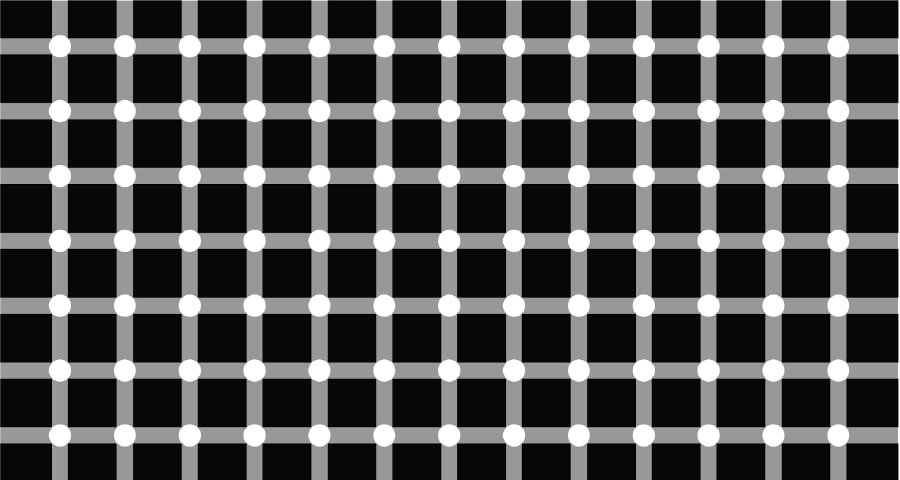Meet the Faculty
 Scientific Inquiry
Scientific Inquiry
85-219: Foundations of Brain and Behavior
Featured Faculty: Jonathan Tsay
What do you love about teaching Foundations of Brain and Behavior?
I love using demos to help students understand how the brain produces the mind and generates behavior.
For example, consider the Hermann Grid (a visual illusion) below. Notice how you see ghostlike black blobs at the white circular intersections. If you are interested in what this illusion, and others, tell us about how the brain works, sign up for the course!

What are your current research interests?
My lab's mission is to understand how humans master a near-limitless repertoire of movements, from brewing coffee to parallel parking.
The types of questions we focus on are:
- How do different practice schedules impact motor skill acquisition? In other words, should you practice dribbling, shooting, and passing the basketball simultaneously or serially?
- How is motor learning disrupted by rapid changes in the environment? For example, how do you quickly adjust your mountain bike’s heading in response to a sudden gust of wind or uneven terrain?
- What is the optimal time to correct someone else’s movement? Is it before, during, after, or throughout the entire movement?
- What is role of the cerebellum and basal ganglia in movement and in thought?
To achieve this, we will use a wide range of methods like computational modeling, psychophysics, patient testing, and neuroimaging. A typical experiment looks something like this (you get a report card at the end): https://multiclamp-c2.web.app/.
We expect our findings to not only generate new insights into learning and memory but also to optimize rehabilitation and improve human performance.
What one piece of advice would you give your students?
Pose your question, form your hypotheses, and draw your predictions.